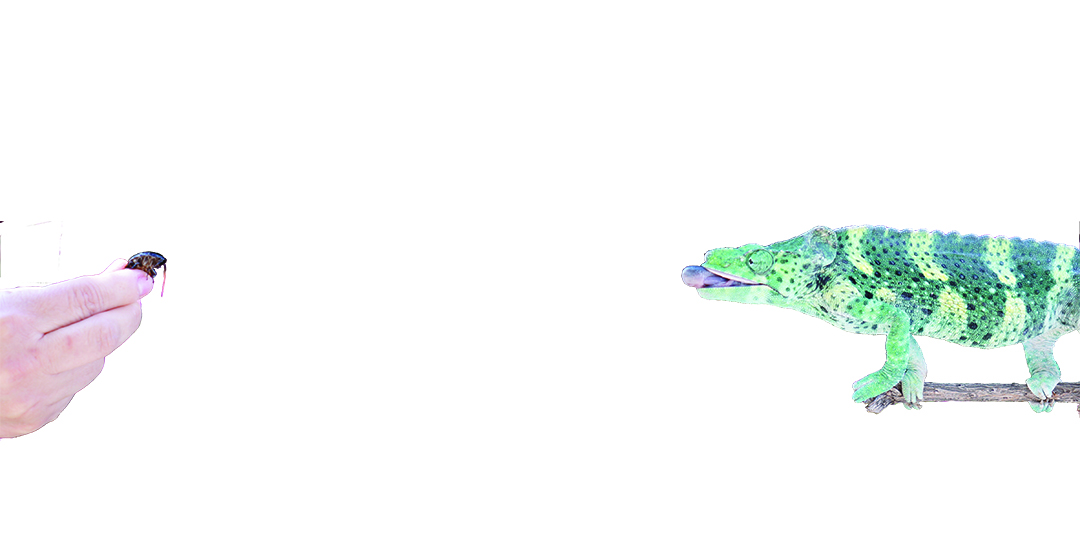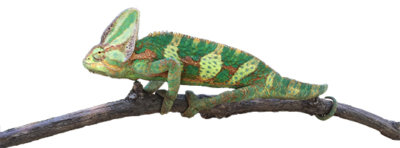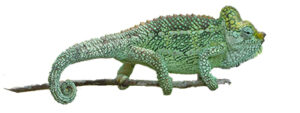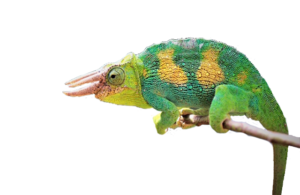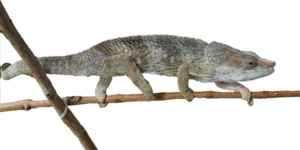Introduction to the Chameleon Profiles
This is our ever expanding collection of profiles with both natural history and captive husbandry care information. There are many species of chameleons! This page is broken up into two sections. The first, are the care summaries. In this section you will find profiles which have extensive captive husbandry information. These profiles are for the most commonly kept species. the second section is a basic profile which gives natural history information and brief captive husbandry if available. These are for the more rarely kept species.
Chameleon Care Summary
The Value of Care Sheets
It is important to realize the value in care sheets, but also their limitations. Simply stated, care sheets are the first step, but not the last word. They get you started with information that has proven to be effective in most cases with the species. Build up your cage and give the listed conditions and you will have the greatest chance for success. But once you have the cage and systems set up I want you to throw away the care sheet. Your chameleon is now your expert. There is an entire module in the Chameleon Academy that speaks on listening to what your chameleon is telling you (Cage feedback from your chameleon).
Each chameleon is an individual and will have individual needs. It is now your job to give him those needs. Just because you have to do something differently does not mean the care sheet is wrong! It means you are working with a living animal that has its own quirks. They will have different environmental needs, feeder preferences, metabolisms, and different reactions to supplementation. It is just like humans! So do not expect your individual chameleon to fit the generalized care sheet exactly. By the same token, do not assume that whatever you have to do for your individual chameleon is now what should be general advice!
Each care sheet is a summary that has a page of explanations. While we like quick visual answers, the problem is that chameleon husbandry is anything but a quick answer and the real explanations cannot be shortened without losing valuable information. The compromise between the need for details and the desire for a quick visual is that each care sheet will reference a profile page that goes into that detail. As you peruse each profile you will notice that there is a great deal of repetition. This is because a person accessing these care sheets may not be going through the Academy class list and this may be the only page they reference. Therefore, each profile must be comprehensive. Please be patient with the repetition!
Chameleon Profiles
Navigation
These caresheets are summaries of the concepts and skills learned in our Term 1: Getting Started With Chameleons coursework. Consider taking that tour by clicking on the First Term orientation!

